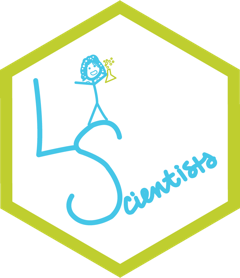… I think of those conversations with my dad often. About the enthusiasm and curiosity they inspired in me. And the stark contrast in how I felt about technology and the future then to how I feel about technology and the future now. All of which was highlighted for me recently when I tapped my phone - my little doom machine - awake to send a message, only to receive a Google News recommendation about an article in Forbes magazine entitled, “When Knowledge is Free, What are Professors For?”
All tagged learning environment
About our "Office Hours" Videos AND a Paper about How Students Cope with Anxiety from Active Learning Practices
Last month, I put out an “Office Hours Video” on Patreon about a paper investigating how undergraduates cope with anxiety in intro biology courses. What is an “Office Hours Video”, you ask? They are special “thank yous” for our Patreon supporters. Our blog, podcast, and downloadable materials …
What Exactly Is The Science of Learning Anyway?
It’s very clear that the average person does not have a great understanding of the broad field of psychology nor the interdisciplinary nature of the Science of Learning. What is the science of learning? How are we, four cognitive psychologists, involved in it? And when and how do you know if you can “trust” the science?
GUEST POST: Interview with a Leader for Behavior Interventions in Trauma-Informed Pedagogy
Marty Huitt is a seasoned educator and visionary leader dedicated to revolutionizing how schools support children struggling with behavioral and academic challenges. Marty serves as the Director of the Behavior Intervention Support Team (BIST) program in Kansas City, Missouri.
Are Your Classroom Decorations Reducing Learning?
In this study, researchers were examining the degree to which objects in a room could impact a feeling of belonging, another important factor for learning. In particular, researchers looked at the impact that stereotypical objects in a computer science classroom have on young women’s feeling of belonging.
GUEST POST: What’s the Secret to Learning? It’s Belonging
It was as if any mental and physical exhaustion I felt in that moment disappeared; I was alert and focused. After all, one of the most effective ways to immediately capture someone’s attention is to use that person’s name. In this case, it suggested that my classmate remembered something I said earlier.






